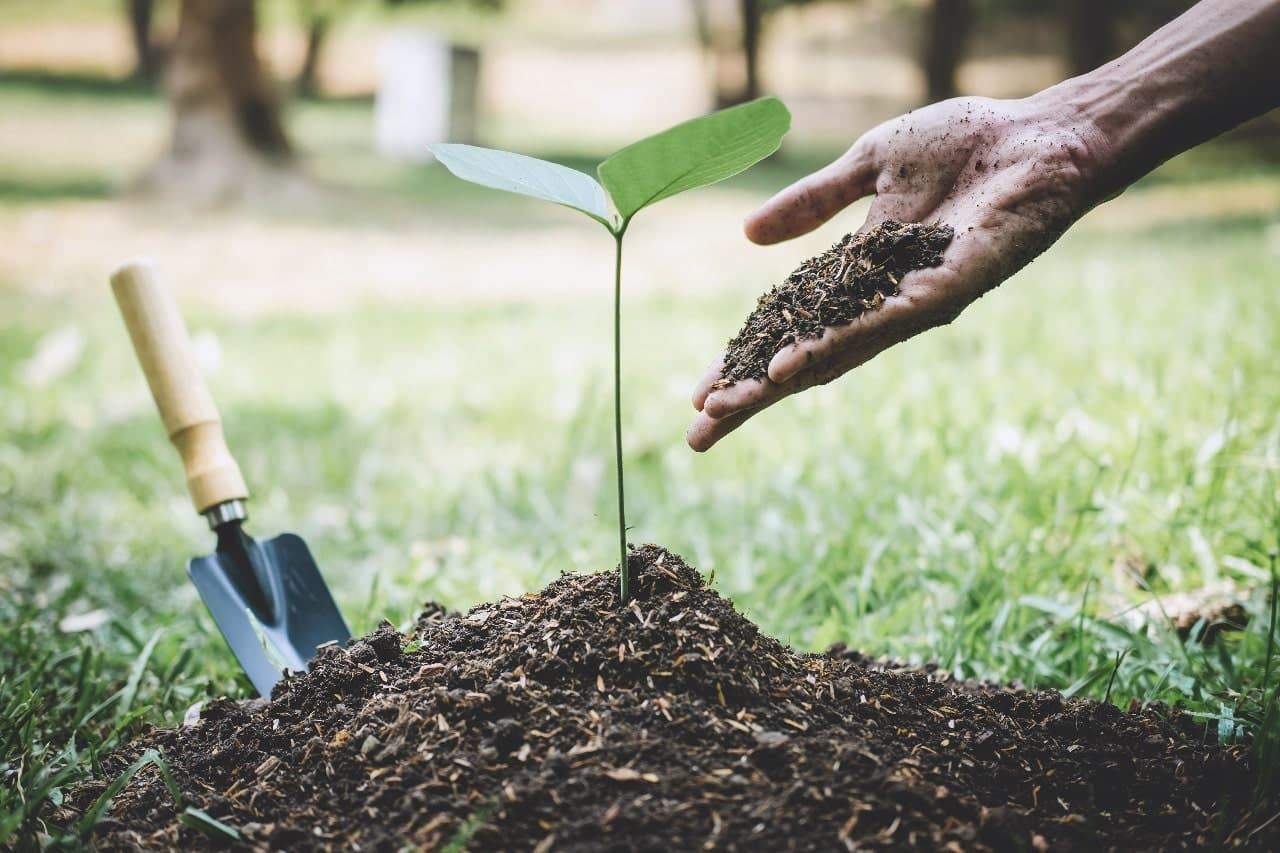
How your local arborist can help maximize tree life
Maintaining the health and beauty of your trees is essential for preserving the natural aesthetics of your landscape and ensuring the longevity of your greenery. While regular pruning by a certified arborist and adequate watering are vital components of tree care, mulching often takes a back seat despite its significant benefits.
What Is Mulching?
Mulching involves applying a layer of material, such as wood chips, shredded bark, or compost around the base of trees and shrubs. Your arborist can apply the best mulch for your specific trees and shrubs, enhancing your landscape and fortifying tree health. This protective covering serves several purposes, including moderation of soil temperature, conserving soil moisture, suppressing weeds, and adding nutrients to the soil as it decomposes. Mulching mimics the natural forest floor environment, creating optimal conditions for tree growth and health.
Benefits of Mulching for Trees – What Arborists Know
Moisture retention. Mulch acts as a barrier, which helps retain soil moisture by reducing water evaporation from the soil’s surface. Arborists know that consistent moisture levels are essential for healthy root development and overall tree vitality, especially during periods of drought or hot weather.
Weed suppression. Mulch inhibits weed growth by blocking sunlight and preventing weed seed germination. This reduces competition for water, nutrients, and sunlight, allowing trees to thrive without interference from invasive plants.
Soil insulation. Mulch provides insulation to the soil, helping to regulate soil temperature fluctuations throughout the year. In hot weather, it keeps the soil and prevents root damage from overheating, while in cold weather, it provides a protective layer against freezing temperatures.
Soil enrichment. As mulch decomposes over time, it gradually releases essential nutrients into the soil enriching the root zone and promoting healthy tree growth. This natural fertilization process improves soil structure and fertility, enhancing the overall health and vigor of trees.
Mulching Best Practices
Depth and coverage. Apply mulch in a layer 2-4 inches deep around the base of trees, extending to the drip line, or outer edge of the canopy. Avoid piling mulch against the trunk, as this can lead to moisture buildup and trunk rot.
Mulch type. Your certified arborist can discuss this with you in more detail, but it’s important to use organic materials. This includes things like wood chips, shredded bark, pine needles, or leaf compost. These decompose slowly and provide long-lasting benefits to trees. Avoid using rubber mulch from recycled rubber products or landscape fabric, as these materials can inhibit soil aeration and root growth.
Mulch maintenance. Periodically replenish mulch as needed to maintain the desired depth and coverage. Remove any weeds that snuck through and other debris from the mulch layer to prevent competition for resources and maintain a clean appearance.
Consulting with Certified Arborists
Jarvis Tree Experts provide comprehensive guidance on mulching and best tree care practices. Our certified arborists and support team are well-trained and highly knowledgeable professionals who specialize in tree health and maintenance.
Contact Jarvis Tree Experts to inquire about our arborist tree services and set up a consultation so we can assess the specific needs of your trees. We can recommend suitable mulching techniques, treat diseases, deep fertilization, and more to ensure optimal growth and vitality.




